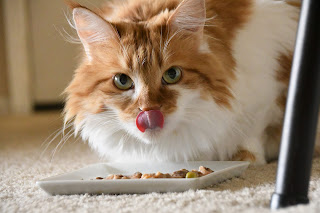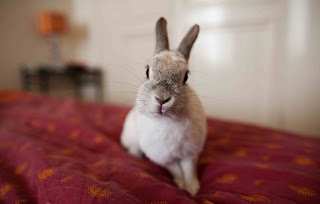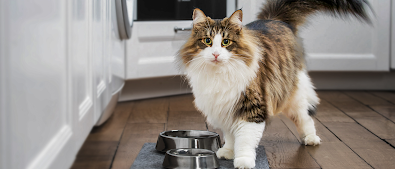●Inbreeding
○Since pot-bellied pigs are capable of birthing smaller progeny, breeders will inbreed them to maintain the small size. It is unfortunate because this inbreeding brings about a nonexistent genetic diversity for the teacup pig population, leading to major health problems. Most teacup pigs are afflicted with acute respiratory issues due to the shape of their squished snouts.
●Starvation
○Pot-bellied pigs are being underfed purposely so that their growth becomes stunted. This is the reason breeders advise teacup pig pet owners to significantly restrict their pet’s feeding. Starving these animals will stunt their growth, making their skeletal system underdeveloped. This, however, does not have the same effect on their internal organs, which grow to full size, eventually causing deformed bones and various other critical health issues.
Abrupt changes observed in your pet teacup pic’s behavior and/or health must be brought to the attention of your veterinarian Michigan City IN at the soonest time possible.






